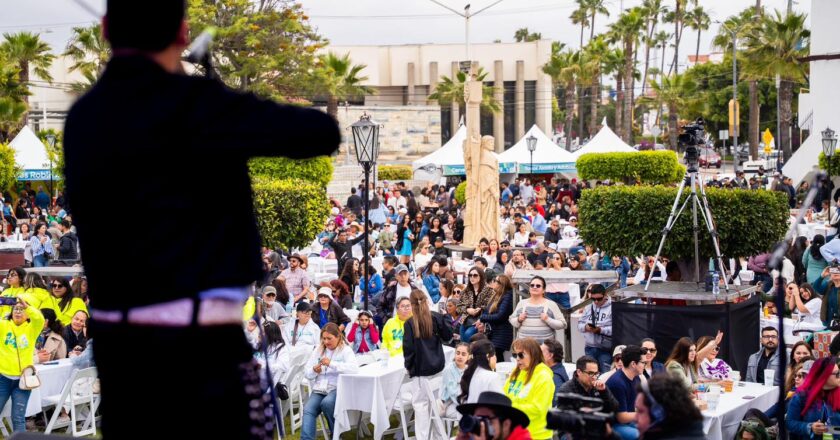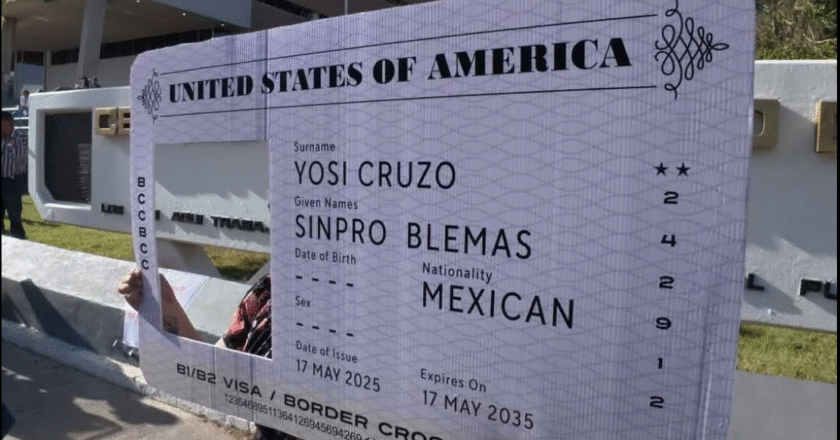Just when you thought the border couldn’t get any pricier—remittances now come with a 3.5% surcharge. Last week, the proposed …


Just when you thought the border couldn’t get any pricier—remittances now come with a 3.5% surcharge. Last week, the proposed …

His Wife? $1.7 Billion. If you’ve ever felt overwhelmed by your credit card bill, just imagine owing $250 million dollars. …

“Terruño, Identidad y Vocación” (Which basically means: This land was made for wine—and we’ve got the talent to prove it) …

Blacklist or Power Move? The U.S. Tightens the Visa Grip on Mexican Officials Something’s shifting between Mexico and the U.S.—and …

Rosarito just got a little closer to hope. Something unusual is happening in Rosarito—and it’s not another Starbucks or beachfront …

Mystery at sea… in reverse. On May 17, the pride of Mexico’s Navy, the Buque Escuela Cuauhtémoc, left a mark …

Ensenada hit 143 this weekend—and threw a party loud enough to wake the whales. On Sunday, May 18, more than …

No more excuses. Baja is finally doing something about the water problem. Governor Marina del Pilar signed the deal this …

How to download a PDF of this publication:1. Locate the icon toolbar at the bottom part of the newspaper window. …

When people start bringing charcoal to a protest, things are officially getting spicy. And in Baja California, nothing says “we’re …